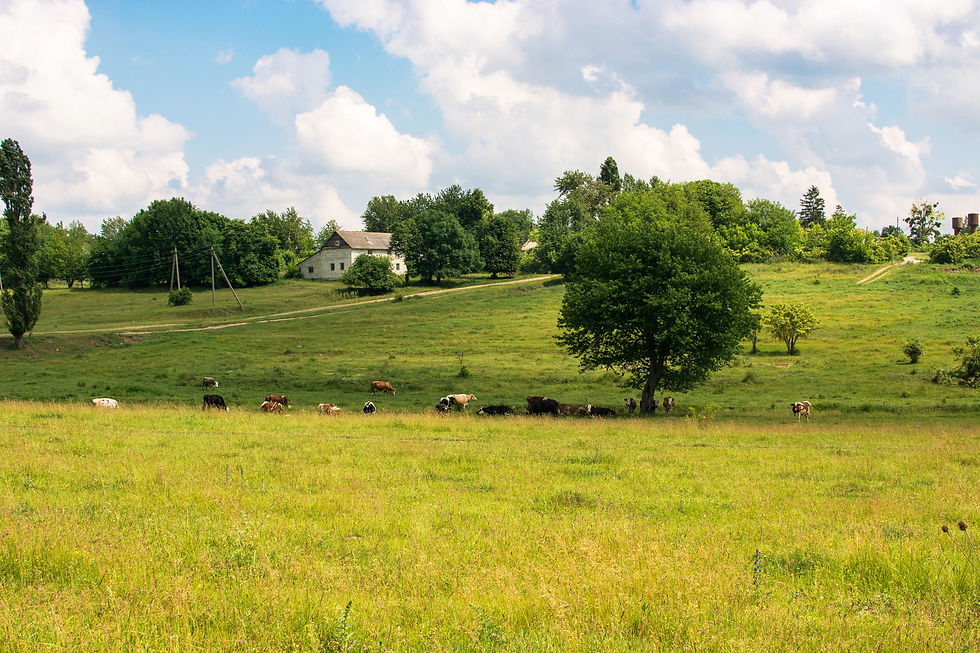
Getting planning on green belt land
The Green Belt covers large parts of the country, mainly surrounding towns and cities. However, this is purely a spatial designation, not a landscape one. Council’s often muddle the two concepts and incorrectly refer to harm to the ‘visual amenity’ of the Green Belt.
The purposes of the Green Belt are set out at paragraph 143 to the National Planning Policy Framework (NPPF) and include checking the sprawl of large built-up areas and preventing towns from merging into one-another.
The first step in terms of looking at the likelihood of success for a development in the Green Belt is to consider whether or not it would be ‘inappropriate’ development in this designation.
The general position established by case law is that all development in the Green Belt is inappropriate unless it is within one of the exceptions set out in paragraphs 154 and 155 of the NPPF. These exceptions relate to buildings and other forms of development such as engineering operations and material changes of use of land. Most are subject to additional pre-conditions. For example, all of the exceptions in paragraph 155 of the NPPF only apply where developments preserve the openness of the Green Belt and do not conflict with the purposes of including land within it.
What is considered 'appropriate' for green belt planning applications?
There are bespoke tests for exceptions such as that at paragraph 154 c). This states that the extension or alteration of a building may not be inappropriate provided that it does not result in disproportionate additions over and above the size of the original building. You would be surprised how strictly local planning authorities assess ‘disproportionality’. Typically, floor space and volume increases are used as key indicators in such assessments with each Council having their own percentage figures as to what constitutes a disproportionate addition. However, permitted development fall-back positions are a useful tool to attempt to overcome concerns with larger extensions.
In terms of assessments relating to the openness of the Green Belt, the Courts have confirmed that this has a spatial aspect as well as a visual aspect. This means that the absence of visual intrusion does not in itself mean that there is no impact on the openness of the Green Belt as a result. But equally this does not mean that the openness of the Green Belt has no visual dimension.
In addition, you have to pay close attention to the language of the exceptions in relation to openness. Some require developments to ‘preserve’ openness, while others require ‘no greater impact’ to it than the existing development. The ‘preservation’ test represents a lower threshold for harm and is more difficult to meet.
If the exceptions do not allude to any additional preconditions, such as that at paragraph 154 a) to the NPPF for agriculture and forestry buildings, there is simply no need to proceed to consider effects on openness (or the purposes of the Green Belt for that matter). It is therefore much simpler to obtain planning permission for these types of buildings in the Green Belt than other types of development.
A finding that a development does not meet the exceptions at paragraphs 154 and 155 of the NPPF will result in development being considered inappropriate in the Green Belt. However, this is not the end of the story. The NPPF states that inappropriate development is, by definition, harmful to the Green Belt and should not be approved except in ‘very special circumstances’.
The first thing to acknowledge is that this is a high bar to meet. Not only must the other considerations put forward under the very special circumstances case outweigh the substantial weight given to any harm to the Green Belt, but they must also outweigh any other harm arising from the scheme (such as visual harm or harm to living conditions).
That said, ‘other considerations’ do not have to be rare or uncommon to be special. The circumstances do not have to be unique, and the possibility that similar circumstance might arise elsewhere does not prevent a finding of very special circumstances in any particular case. For example, we have seen housing applications in the Green Belt permitted under ‘very special circumstances’ simply by virtue of sizeable, but generic, economic and social benefits.
Do you need help or guidance with getting planning permission on green belt land? Contact ABL Planning to see how we can support you.
